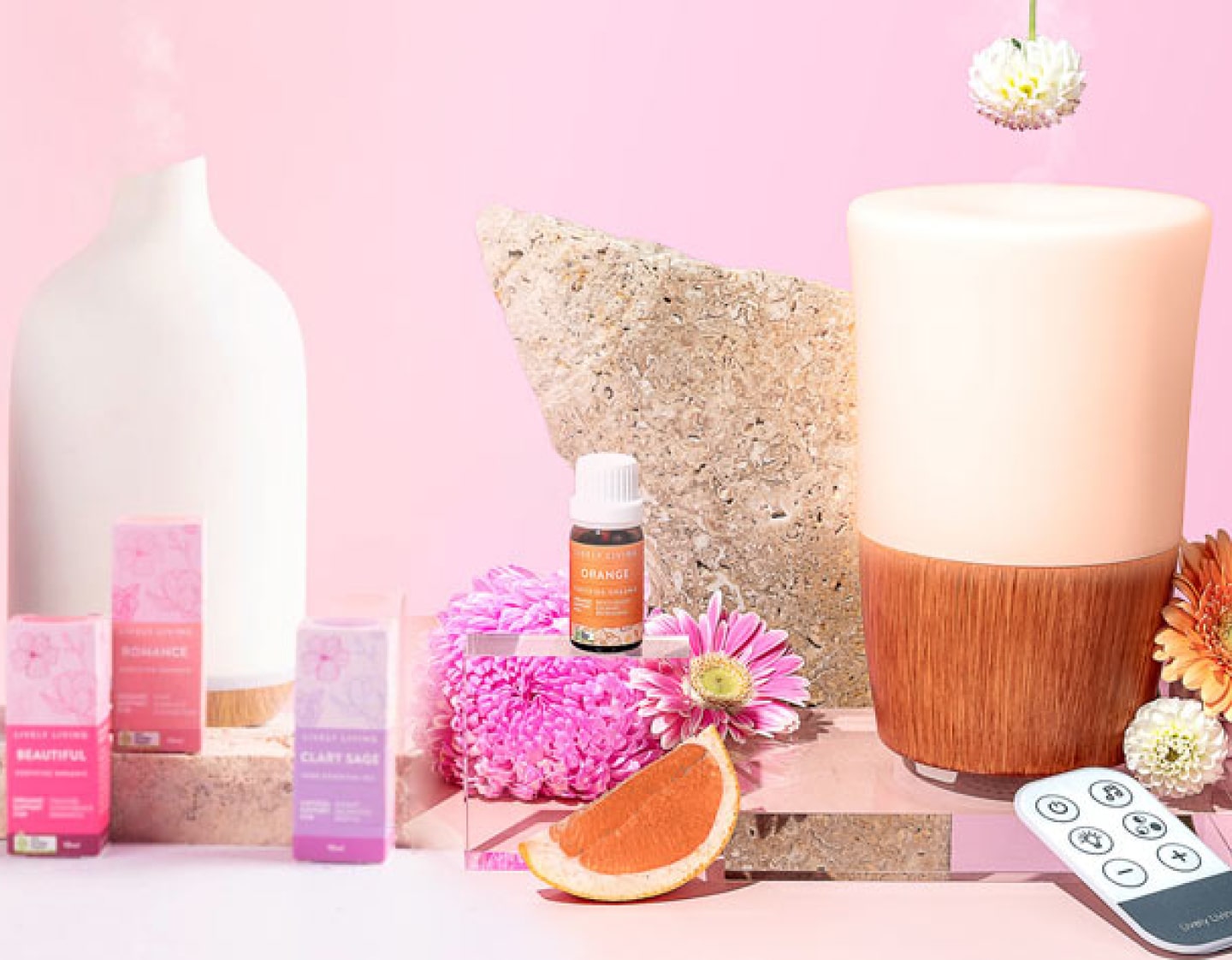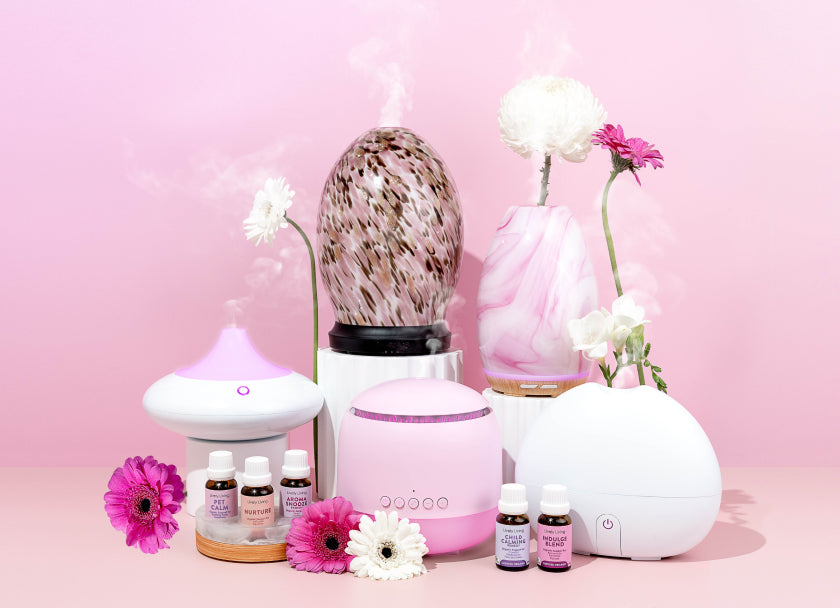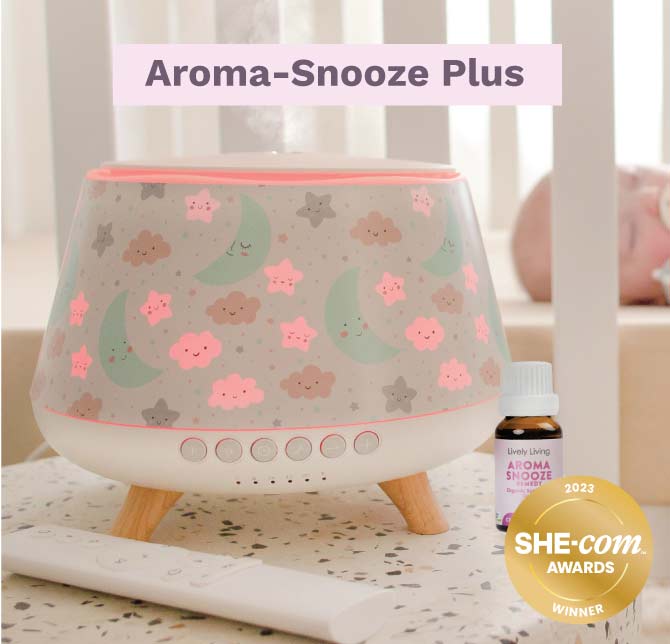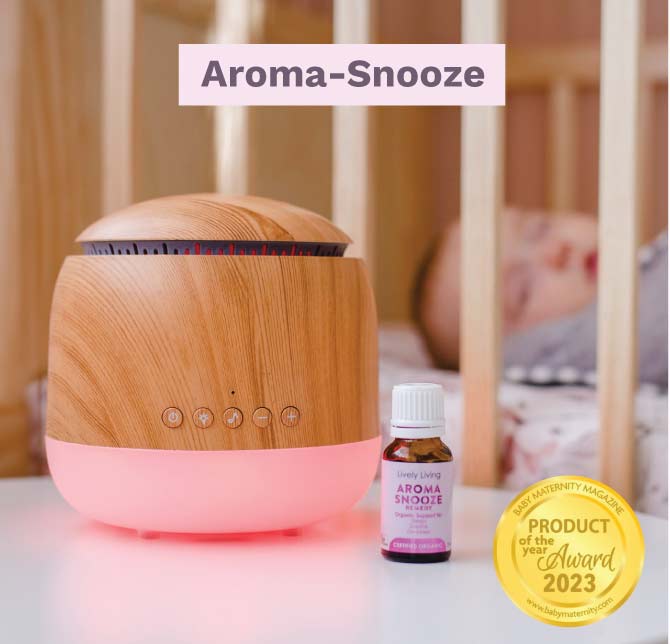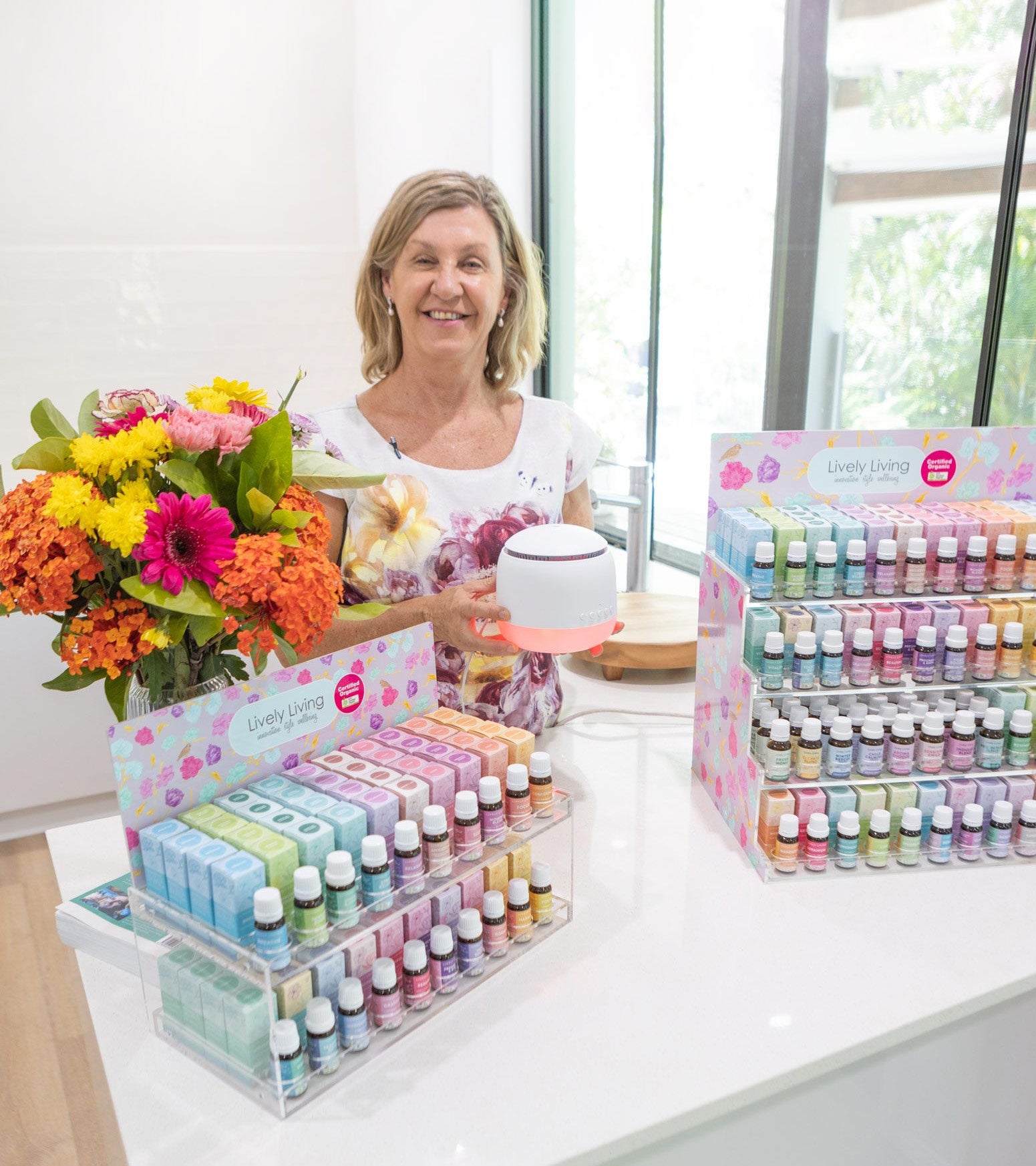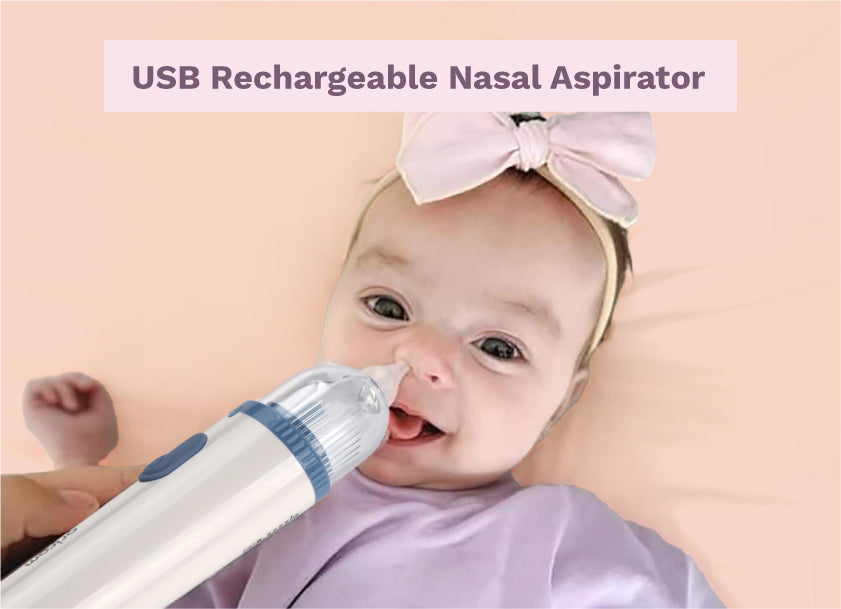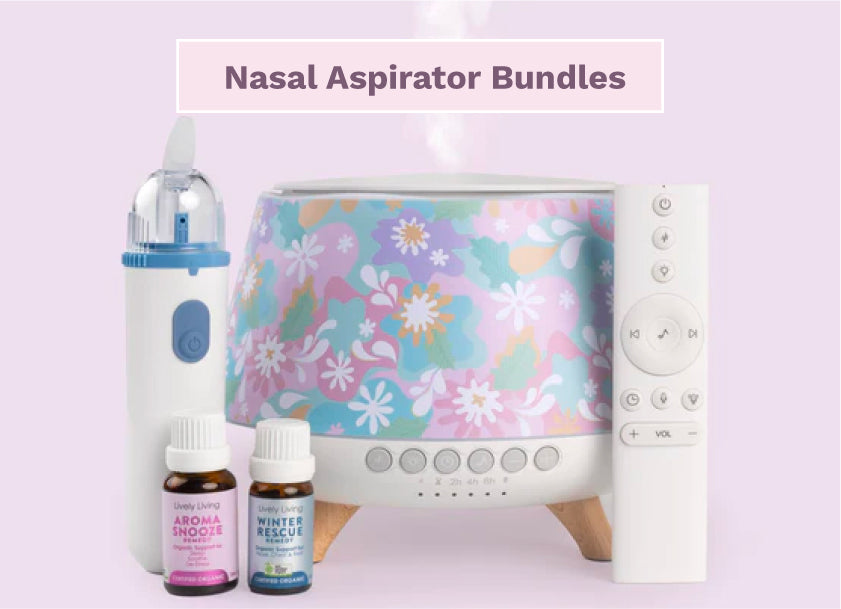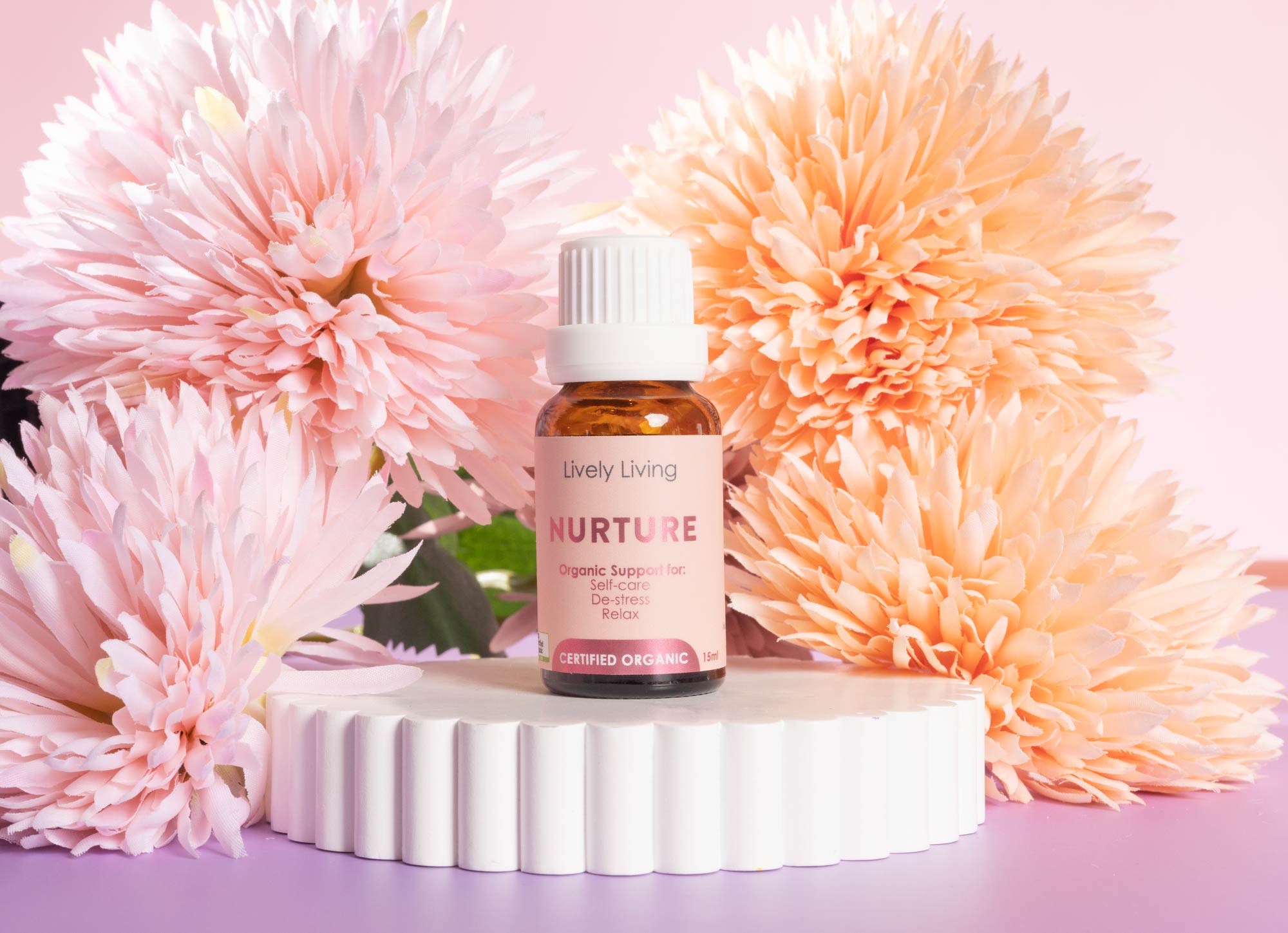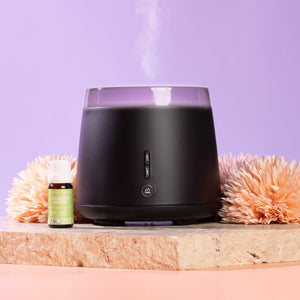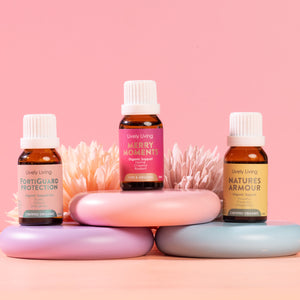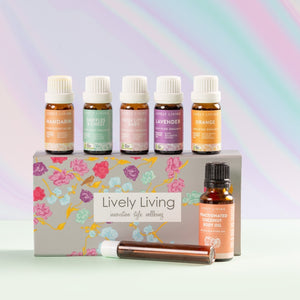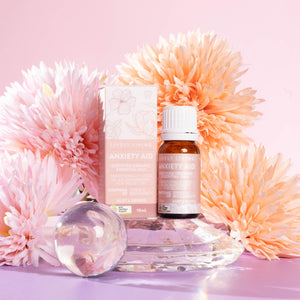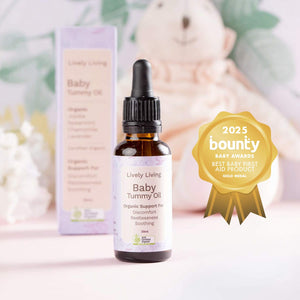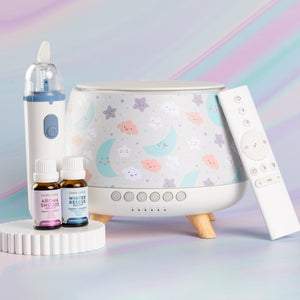Making Sense of Essential Oil Purity and Quality Simplified
Have you ever wondered about the quality of the essential oils you use? You are not the only one. Many people find it hard to make sense of essential oil purity and quality.
Essential oils have become very popular. They are used for everything from therapeutic wellness to natural cleaning products. With so many options available, it is important to know if you are getting a truly pure essential oil.
This guide will break down what you need to know about quality essential oils. We will cover the factors that determine oil quality, how to spot the real deal, and why it matters. Understanding the difference between quality essential oils and synthetic fragrance oils is a big first step.
Table of Contents:
- What Determines Essential Oil Quality?
- How to Spot High-Quality Essential Oils
- Why Essential Oil Quality Matters
- Common Misconceptions About Essential Oil Quality
- Conclusion
What Determines Essential Oil Quality?
Several factors influence the quality of an essential oil. The journey from plant to bottle has many steps where quality can be gained or lost. Let's look at the most important ones.
1. Plant Source and Farming
The quality of an essential oil begins with the plant from which it is extracted. The highest quality oils come from plants grown in their native habitats with ideal soil and climate conditions. This is where you find a true nature essential oil.
For example, clary sage grown in the Mediterranean region has a different chemical profile than that grown elsewhere. Ideally, the plants grown for extraction are free of pesticides and chemicals. Looking for a certified organic essential oil can give you more confidence in the plant source, as organic certification requires adherence to strict standards.
2. The Extraction Process
How an essential oil is extracted from the plant matters a lot. The best method for most oils is steam distillation, a careful production process that uses steam to release the aromatic compounds. This preserves the oil's delicate therapeutic properties.
Delicate oils, like citrus, are often cold-pressed from the rind. Other processes including solvent extraction exist but can leave trace chemicals behind, making them less suitable for personal care. A proper extraction process is vital for creating a high quality final product.
3. Oil Purity and Adulteration
A pure essential oil contains only the oil extracted from the plant. It should have no additives, synthetic oils, or other foreign ingredients. Essential oil adulteration is a common practice to cut costs, where a valuable oil is diluted with cheaper carrier oils or even artificial fragrance oils.
This is why buying from trusted suppliers is so important. Reputable companies that value quality control provide test results to prove their oil purity. Buying Certified Organic Essential Oils takes the guess work oput for you. This transparency helps you know exactly what is in the bottle you are buying.
How to Spot High-Quality Essential Oils
Now that you know what makes a quality oil, how can you find one? There are several clues you can look for. Here are some practical tips to help you choose the best quality oils.
1. Check the Label
A high-quality essential oil label will list the plant's botanical name, such as Lavandula angustifolia for lavender. The label should also state that the oil is 100% pure. Look for the country of origin and an essential oil batch number, which shows the company tracks its products.
2. Look at the Price
If a price seems too good to be true, it probably is. Producing pure essential oils is an expensive process that requires a large amount of plant material. Be cautious of deals like 'free shipping' on unusually cheap oils, as this can be a red flag for lower quality.
3. Consider the Packaging
Quality essential oils come in dark-colored glass bottles, typically amber or cobalt blue. This protects the oil from light degradation, which can alter its chemistry and effectiveness. Avoid oils packaged in plastic, as the oil can break down the plastic and become contaminated.
4. Ask for Testing Reports Or Buy Certified Organic
The most reliable way to verify purity is through third-party testing. The industry standard is Gas Chromatography and Mass Spectrometry (GC/MS) testing. This analysis separates the oil into its chemical components, showing its purity and identifying any potential oil adulteration.
Here is a simple breakdown of what you might see:
| Oil Type | Composition | Common Uses |
|---|---|---|
| Pure Essential Oil | 100% aromatic compounds extracted from a single plant species. No additives. | Aromatherapy, personal care products, therapeutic oil blends. |
| Fragrance Oils | Synthetically created scents or natural isolates. Not from a whole plant. | Soaps, candles, oils perfume, cleaning products. Not for therapeutic use. |
| Adulterated Oils | A pure essential oil mixed with cheaper oils, synthetic chemicals, or carrier oils. | Oils commercial grade products, often misleadingly sold for therapeutic use. |
A reputable company will make these reports for each oil batch available to customers. Do not hesitate to ask for them.
Why Essential Oil Quality Matters
You might wonder why it is so important to seek out the best quality essential oils. The difference between a pure product and a lesser one is significant. Here is why it is worth the effort.
1. Effectiveness for Wellness
High-quality oils are more potent and effective. They contain the complete, unaltered chemical profile of the plant. This means you are more likely to achieve the desired results for therapeutic wellness, whether that is relaxation or invigoration.
2. Safety Standards
Using oils safely is a top priority, especially for skin essential applications or in a home with children and pets. Pure, unadulterated oils are safer to use when properly diluted. Adulterated oils may contain synthetic substances that cause skin irritation or other adverse reactions, posing a risk to your well-being.
Some oils are designated as food grade, which means they meet food safety standards for consumption, but this requires great care. These oils must be pure and used according to specific guidelines. Not all pure oils meet international standards for internal use.
3. Value for Money
While quality oils might cost more initially, they provide better value. You often need less of a high-quality oil to achieve the same effect as a larger amount of a diluted one. This makes your purchase more economical in the long run.
Common Misconceptions About Essential Oil Quality
Many marketing terms and myths surround essential oils. Let's clear up some common points of confusion. Knowing these will help you make better purchasing decisions.
1. 'Therapeutic Grade' is an Official Standard
The term 'therapeutic grade' is one of the most common marketing terms in the industry. However, it is not a regulated certification, and no official regulatory bodies have standards set for 'therapeutic grade essential oils.' Any company can use this phrase, so it does not guarantee a high-quality product.
2. A High Price Always Means High Quality
While the highest quality oils are often expensive, price alone is not a reliable indicator. Some companies may overprice average oils. Your research into sourcing, purity testing, and the company's reputation is more important than the price tag.
3. You Can Test Purity at Home
The 'paper test,' where a drop of oil is placed on paper to see if it leaves a residue, is not a reliable method. Some pure, heavy oils naturally leave a mark, while some adulterated oils will not. Professional lab testing like gas chromatography is the only definitive way to confirm an oil's composition.
Conclusion
Making sense of essential oil purity does not have to be difficult. By understanding the key factors like plant source, extraction, and purity testing and independant Certifications Like " Certified Organic" , you can choose with confidence. When you love essential oils, taking the time to find quality products is part of the journey.
Your body will thank you for choosing safe essential oils. With this knowledge, you are ready to explore the benefits of pure essential oils safely and effectively.

